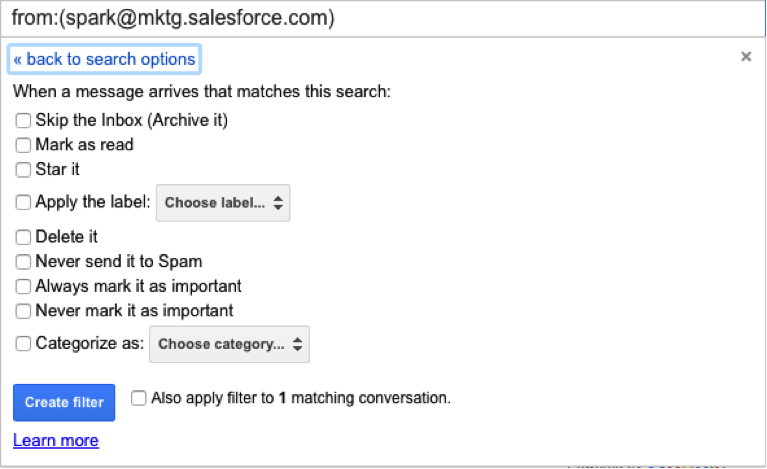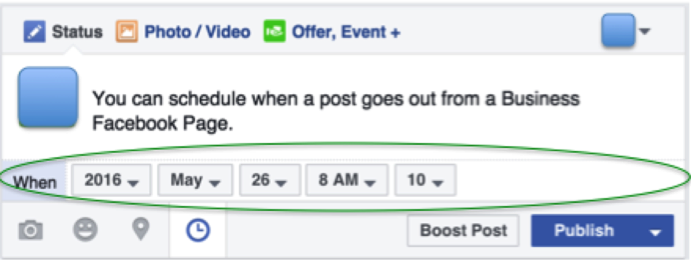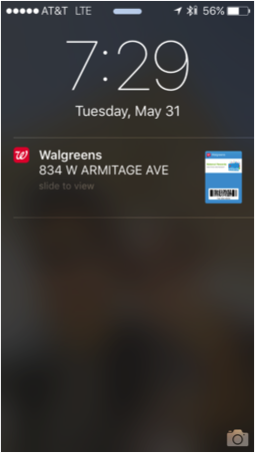
Get your FREE 30-day trial.
Please complete all fields.
For decades, marketers have measured their success on the same goals: Revenue, ROI, reach, exposure, and engagement (opens, clicks, views, shares).
While these measurements remain intact to prove the value of marketing investments and the impact of any marketing initiative, they all have one thing in common: They are based on an organization's goals, not necessarily customer needs. These Key Performance Indicators (KPIs) are dependent on customer behavior with the assumption that a message we push to an audience will cause a reaction-but only if we design it, write it, deploy it, time it right. They are often based on push marketing, or one-way communications from a marketer to a customer.
The great news is this is changing-quickly! With the rise of the 'customer journey' mentality and technology to help turn interactions into conversations-communicating with customers instead of to them-many companies are now using email, mobile, social media, web traffic, and transactional data to listen for just the right moment when customers want to be interacted with and as a result of this revolution, customers are back in the driver's seat.
A Call for Change: Information Overload, Data Expansion
So what is at the root of this change?
According to DMR, in 2015:
We're all connected-all the time!
According to the EMC Digital Universe Report, the digital universe is:
Now, that's a lot of bytes! We're all bombarded with so many messages across devices, and even new devices to deliver that overflowing information to us are emerging (hello, wearables!). So we, consumers, and we, marketers, need a change. Our productivity depends on it, our success depends on it, and our peace of mind depends on it.
So, What are Communication Controls?
For simplicity's sake, Communication Controls are tools, processes, methods, and settings within the digital world that enable customization of when, how, what, and why someone should receive messages. Communication Controls are important for both recipients and senders of marketing or transactional messages.
First, let's look at a few ways consumers can control communications.
Consumers can use Settings in their Gmail account to set up Filters in their inbox so that they can organize and prioritize the types of messages they receive and how they receive them. Should an email from 'Banana Republic' skip the inbox to review at a later time when the recipient is ready to shop? What label or category should emails from your client's team be assigned to easily find and respond to messages received from them?

Consumers and technology users can also customize settings on their smartphones, from the sounds different types of messages trigger, to enabling/disabling Push notifications from apps, to determining how calendar reminders are presented on a particular screen to reduce interruptions but contribute to productivity. If you've ever set a phone alarm, asked for a customer service representative to call you back, or unsubscribed from a communication of any kind, you've used a Communication Control!
Similarly, senders can use scheduling tools to publish social media posts at a later time, let's say after hours, to manage their time and still fulfill their professional responsibilities.

Or email marketers can use a tool like Journey Builder to review customer data in real-time, then make a decision to communicate (or not communicate) with individual customers when the message is relevant.
One of my favorite examples of a communication control is the geo-targeted Push message I receive when I walk by my local Walgreens. This reminds me I'm nearby and may want to stop in if I have a prescription to pick up or household basics I've run out of. Notice, I don't receive this message when Walgreens thinks it's a good time to send it, they only send it when I'm nearby, keeping messages as relevant as possible.

Marketers can choose to send a message to a customer on their birthday, on their child's birthday, or even on the anniversary of the customer's relationship with the brand - when they signed up or had their first interaction!

However, don't forget-to be effective at delivering on Communication Controls for customers, marketers must prioritize giving their customers options, settings, and preference controls. The more you learn about a customer and what kinds of messages they want to receive, how often, and when the ideal time is for them to receive it, the better a marketer can deliver on those Communication Controls set by their audience. So, you have to give them the options before they can tell you how best to communicate with them.
Now you're thinking, where have Communication Controls been all my life?
Whether you're a marketer sending messages and your messages aren't being well-received or you're a consumer receiving more messages than you can handle, take that pain point as a sign to investigate what Communication Controls are available in the channels you're using. Take a look at that 'gear' symbol, or the Settings on your favorite devices and even websites where you have a registered account. Chances are, you can simplify your life and your audience's lives by using Communication Controls. Go ahead, be in the driver's seat to combat info overload and gain more time back in your day!
Embrace the Connected World
What steps can marketers take to excel in an ever-changing digital landscape? Salesforce Marketing Cloud CEO Scott McCorkle and Chief Product Officer Bryan Wade offered insight into a new era of 1-to-1 customer journeys during Connections 2016. Get detailed highlights from marketing's three biggest days, including:
Read the e-book now to begin marketing for the Age of the Customer.
Rebecca Otis is a Marketing Consultant at Salesforce, collaborating with clients to optimize their digital marketing and email marketing and mobile programs with the latest tools, technologies, and trends top of mind. She is also a blogger, writer for NBC Chicago, and speaker for groups like Goldman Sachs 10,000 Small Businesses, BlogHer, Startup Institute Chicago, University of Indiana Kelley School of Business, and DePaul University. She serves on the Social Media Club Chicago Board of Directors and was named an Austin Business Journal Women of Influence Profiles in Power Rising Star Finalist in 2012 after founding her own marketing consultancy. She's an avid Linkedin-er too. Let's connect @RebeccaOtis.